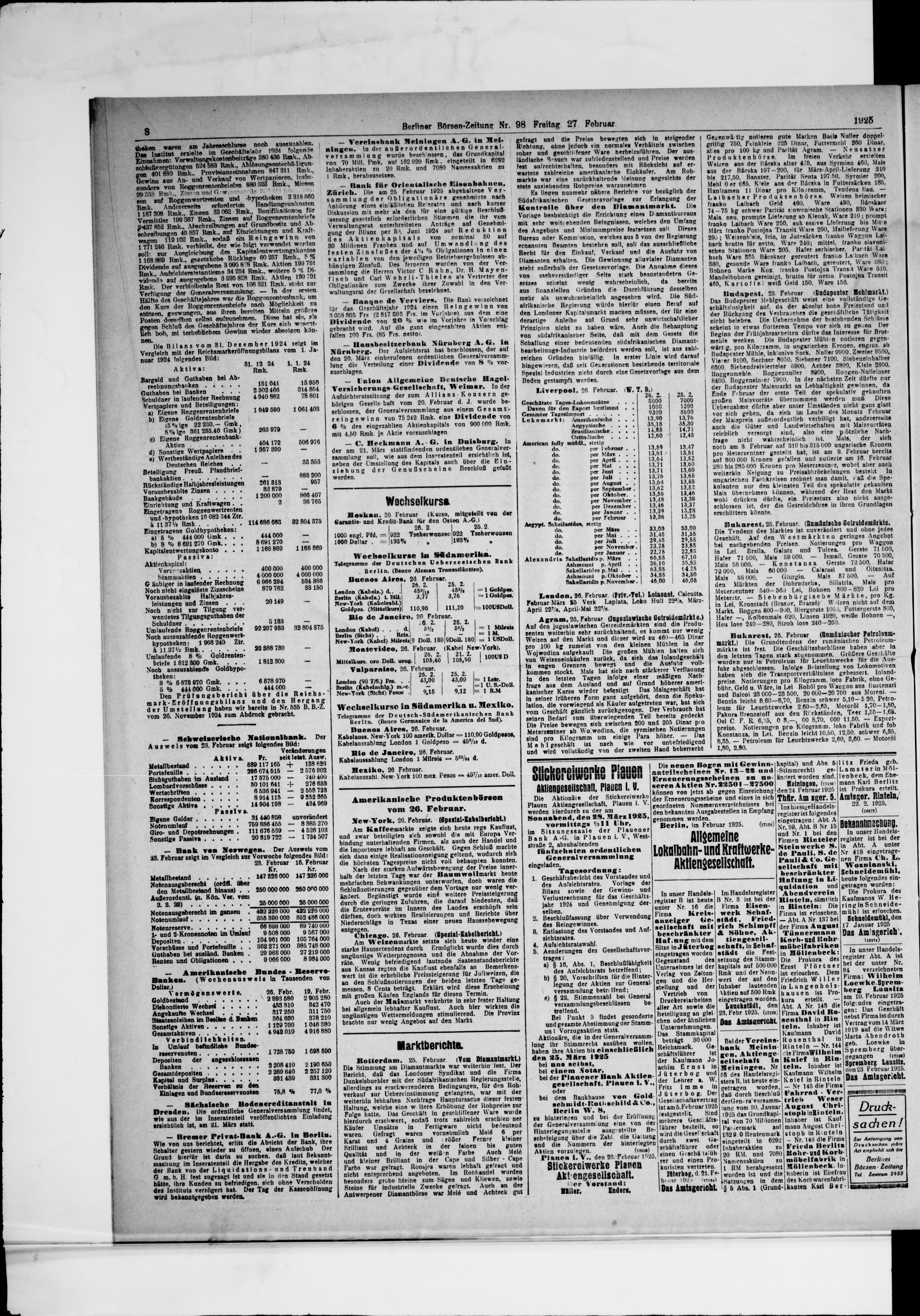An Evaluation of DNN Architectures for Page Segmentation of Historical Newspapers
One important and particularly challenging step in the optical character recognition (OCR) of historical documents with complex layouts, such as newspapers, is the separation of text from non-text content (e.g. page borders or illustrations). This step is commonly referred to as page segmentation. While various rule-based algorithms have been proposed, the applicability of Deep Neural Networks (DNNs) for this task recently has gained a lot of attention. In this paper, we perform a systematic evaluation of 11 different published DNN backbone architectures and 9 different tiling and scaling configurations for separating text, tables or table column lines. We also show the influence of the number of labels and the number of training pages on the segmentation quality, which we measure using the Matthews Correlation Coefficient. Our results show that (depending on the task) Inception-ResNet-v2 and EfficientNet backbones work best, vertical tiling is generally preferable to other tiling approaches, and training data that comprises 30 to 40 pages will be sufficient most of the time.
PDF Abstract

